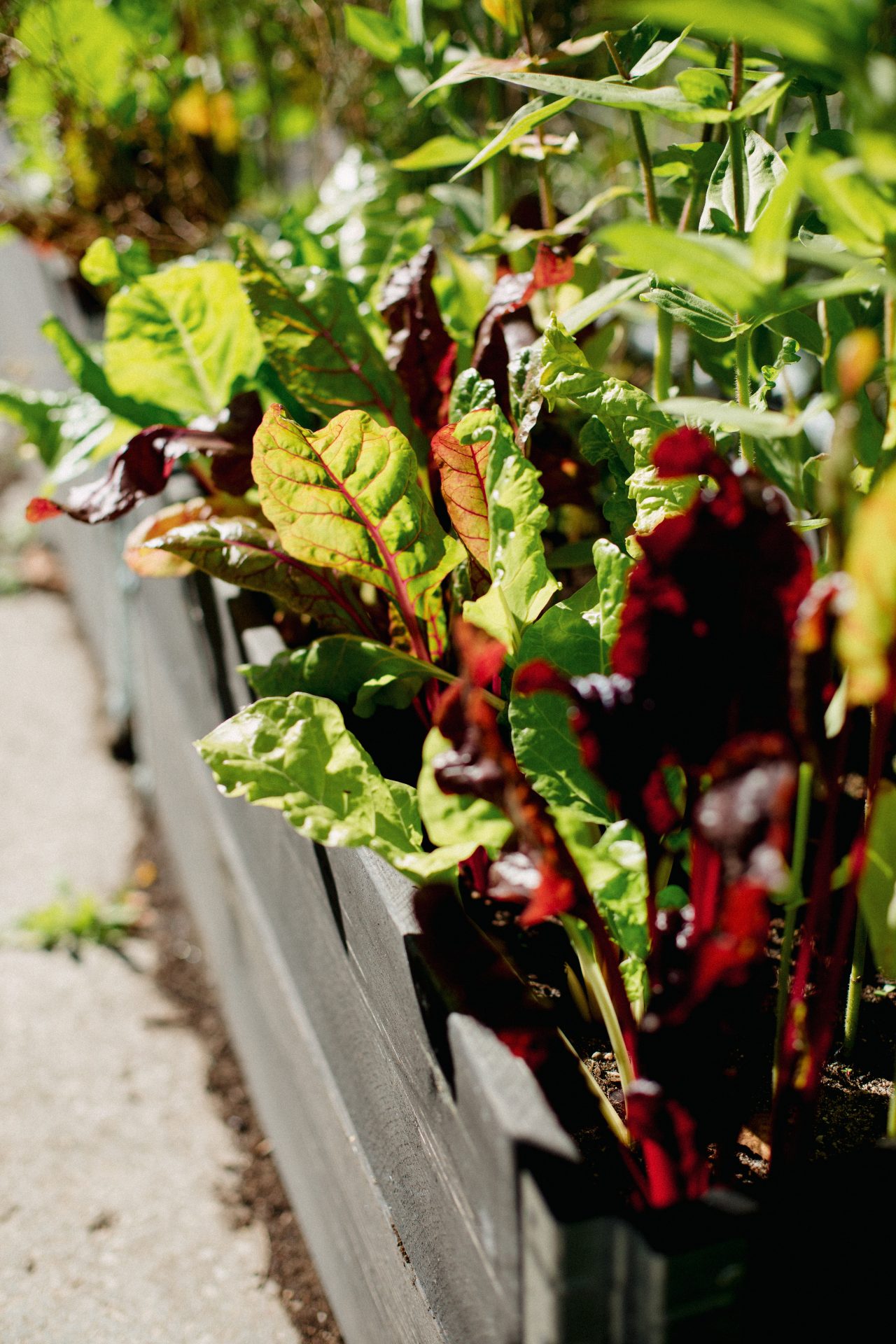


NPK : what is it and why it is important for plants
NPK stands for nitrogen (N), phosphorus (P) and potassium (K). People often talk about these three elements being crucial for soil, plant care and nature in general but why? Plant NPK levels are something that a lot of plant lovers like to monitor to ensure their plant’s health. The reason is because each of the elements has its purpose and function in maintaining and restoring our soil and greens. It can be useful to know what each of the elements does to help maintain healthy levels of them in your plants.
N – Nitrogen
Nitrogen is responsible for chlorophyll levels. The valuable element is involved in the enzymatic reactions that maintain the metabolism of plants. High levels of nitrogen prolong the vegetative period of plants.
P – Phosphorus
An important thing this element is responsible for is protein synthesis and accelerating maturity. It’s also very involved in cell division and root development. Lastly, phosphorus is an active participant in photosynthesis.
K – Potassium
Potassium stimulates the formation of a strong stem and the thickness of the outer cell walls. It’s also responsible for improving resistance to temperature changes and helping plants absorb water. Additionally, the element protects plants against various diseases and pests. If you feel that might be an issue, higher levels of potassium might be the way to go.
You will often find that many plant care products will indicate NPK levels of the product. This is because different plants need different distributions of the elements in various seasons. For example, if you’re plant is deficient of potassium (K) during the autumn season, you should choose plant food that has higher levels of potassium such as fertilizer Sleepy-Plants (NPK is 3-6-12, potassium percentage is 12%). The same goes for nitrogen and phosphorus.
Be sure to pay attention to the NPK label next time you’re shopping for plant care products and insure your plant is happy and healthy!
